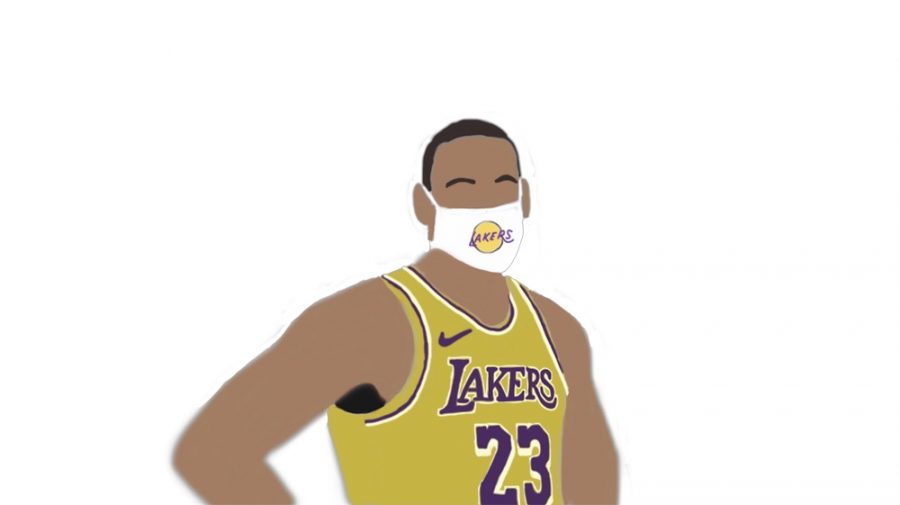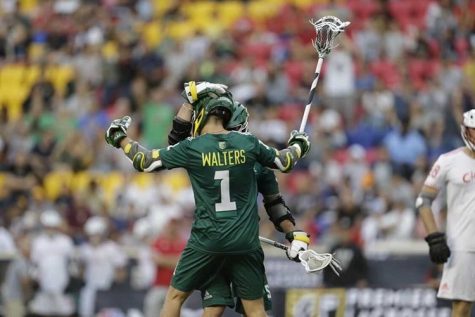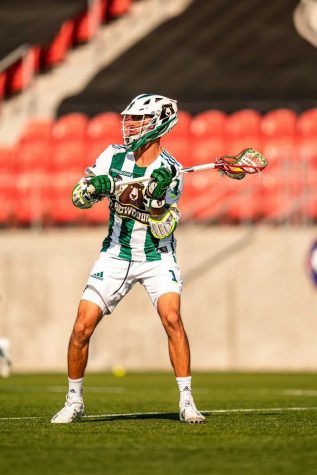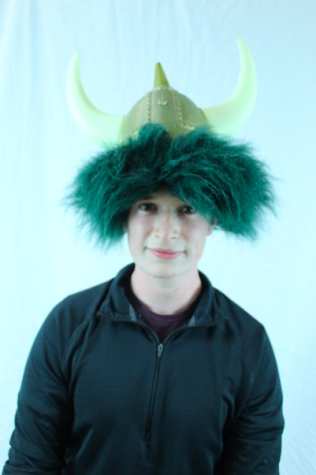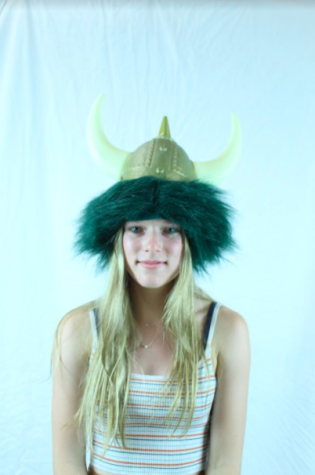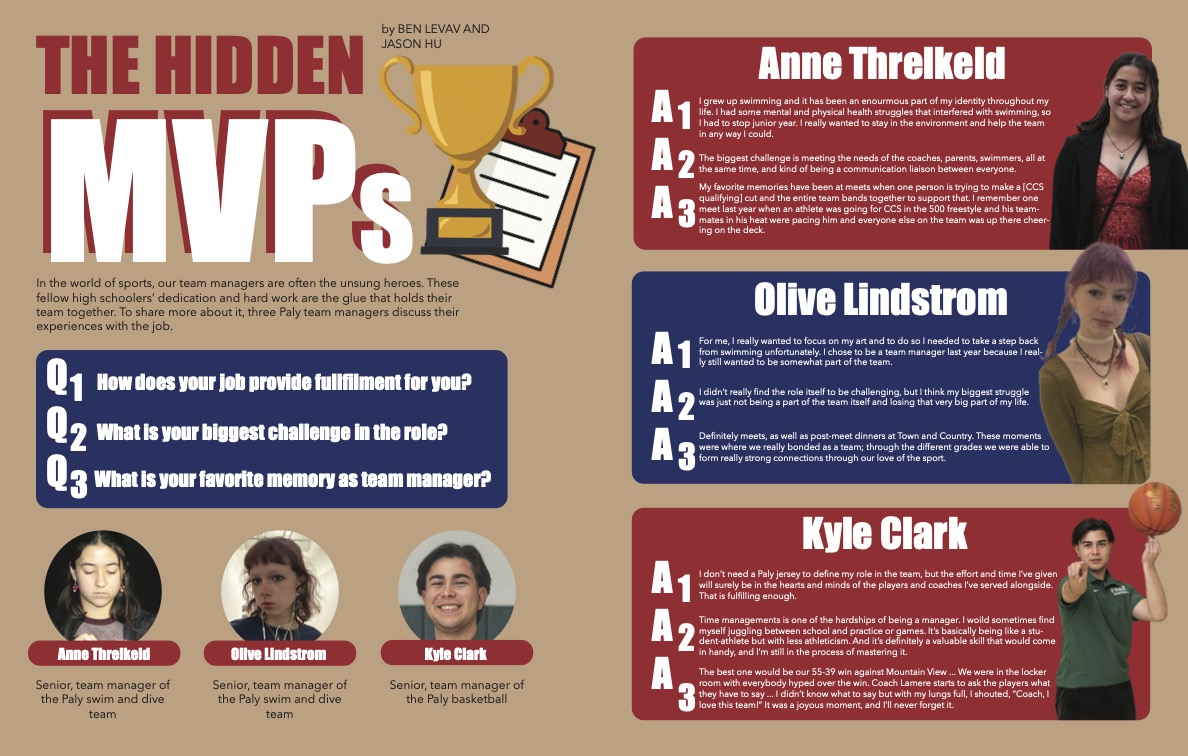Life In The Bubble
October 14, 2020
The game is coming down to the wire, there’s only 5 seconds left, and everyone knows the ball is going to be in the hands of the young European prodigy Luka Doncic. He gets one screen and gets the ball with Paul George on him. He takes one dribble forward, steps back, and hits the shot for the win! The Maverick players jump on their hero of the hour, while the Clippers players shake their heads in disbelief.
Normally, if someone were to hit a game-winning shot, confetti, loud cheers from the crowd, and music would be playing in the background, but not this year. Watching on the television screen, the only noises come from the players. There’s no reaction in the background.
As a fan, it is exciting to see your team win the game, but as a player, is it the same feeling to win without fans? If you were a professional soccer player lined up to take the final penalty shot of the game, are you more relaxed and focused with no crowd, or do you like the motivation and energy the fans help bring?
When COVID-19 hit, the whole world had to shut down. Schools sent students home, millions of jobs were lost, traveling was severely limited, and everyone was stuck inside. Unfortunately for sports fans, this also meant there were no games to watch.
As time went on, professional sports leagues were desperately trying to find a solution to be able to safely bring athletes together to play again. Eventually, some decided on the “bubble” method, where players and coaches would be quarantined together in a venue that is completely cut off from the rest of the world, so it would be virtually impossible to get the disease. While fans are thrilled for sports to be back, are the players themselves comfortable with this new transition, even if it means being cut off from the outside world for such a long period of time?
The bubble for the Men’s National Basketball Association is located at the Walt Disney Resort in Orlando, Florida. 22 teams came to participate in the bubble, with 37 people from each team, including the players, coaches and other staff members, staying in the hotel rooms. In the bubble, each player is tested daily for COVID-19, and players must physically distance and wear masks at all times, besides when they are eating, drinking, or in their own separate hotel rooms.
Fans and those viewing the games were curious to see how players would be affected individually by the bubbles. Concerns rose due to the lack of fans in person, making it less stressful to play, but also decreasing the energy and support in the stadium. Although spending all this time isolated from the rest of the world could have caused some issues for the players, they generally seem to be adjusting fine.
For instance, in the extremely dramatic series between the Utah Jazz and the Denver Nuggets, Jamal Murray was playing remarkably well. The Nuggets star player had 50 points, 11 rebounds, and 7 assists in Game 4. In his following 2 games he combined for 92 points, 13 rebounds, and 14 assists.
Similarly to the NBA, the Women’s National Basketball Association also held its own bubble, or what they call, “wubble,” in Florida. However, instead of being hosted at Disney World, the WNBA had its bubble at IMG Academy, a boarding school in Bradenton, Florida. There are 12 teams attending and each team is only allowed to have a total of 18 people, 12 players and 6 staff members.
The WNBA went through the determined protocol and procedure to be able to transition their season into the bubble. The WNBA will follow up on any safety protocol violations and they have a 7-10 day quarantine period for players who are coming back from authorized “wubble” exits. They have had zero positive COVID-19 tests since all players were quarantined. “Obviously, we’re testing our players and our staff often, so we had tested prior to players coming here and we had released those. If we had a story to tell, we would, thankfully we do not,” says Cathy Engelbert (Chairman of Women’s National Basketball Association).
In only its second season, the Premier Lacrosse League had to adapt its original plan of a tour based model to fit with restrictions due to COVID-19. After delaying the season for a month, the league decided that it would take advantage of only having seven teams and use a “bubble” format.
Medical guidelines were announced for the players and staff, including three rounds of testing, a quarantine period prior to the bubble, and random testing throughout the season. Players, like Joe Walters, a midfielder for Redwoods lacrosse club, began to prepare. Soon enough they all got the chance to play, with only two players not being allowed in the bubble due to positive tests.
“Everything was laid about beforehand, so it wasn’t like we were going in blind,” Walters said. “We got tested on Wednesday before flights on Sunday and if you tested negative you were good to go. The nerve wracking part was flying, obviously when you fly, you’re in contact with people from all over.”
When the 154 players arrived, they were tested and asked to wait for the all-clear. “When we got there we took another test, and as soon as we got to the hotel you had to go right to your room. You were quarantined for 24 hours until results came back; that was the longest 24 hours of my life,” Walters said.
Each room consisted of two teammates, the rest of the team was nearby. The first week of the bubble, or PLL Island, was dedicated to letting the teams adjust to the circumstances and playing together in a mini training camp.
Normally, the PLL operated in a tour based model, where the teams, or lacrosse clubs, traveled to host cities and played matched up against another club. This year, however, since all the teams were together in a single venue, they were given time to practice and were able to have more games in a condensed time due to the lack of travel.
Spending more time with their respective teams, and not having to travel, has impacted team chemistry. On Joe Walter’s team, Redwoods LC, their penalty kill percentage went from 29% in 2019 to 45% in the bubble. They also averaged 5.2 assists a game with their current roster, up from 4.6 last year.
“The best thing about the bubble was just the time spent with the team,” Walters said. “I haven’t had that since college. Having three weeks straight with your team was just something special. Being in Utah was really nice, but regardless of where we or could have been, it’s just so good to get together with everyone on the team.” “The best thing about the bubble was just the time spent with the team” — Joe Walters
The Major League Soccer set up shop in Orlando, Florida, with 26 teams competing in a bubble for a shot to win the MLS cup. The MLS bubble had some trouble starting up with 11 players on FC Dallas testing positive for COVID-19, but soon enough games got under way. The teams stayed in the Swan and Dolphin hotels that housed training centers, pools and recreational activities like Spikeball.
Allison Whitson, a Paly alumna, is a Marketing Partner for the San Jose Earthquakes and was a key part in the Major League Soccer bubble. She got an inside look as to how the players prepared and worked during the bubble.
“The players were definitely focused. They saw the ‘MLS is Back’ tournament as a business trip and a great opportunity to prove themselves in a tough league. They went out to Orlando with every intention to play well and win,” Whitson said.
The medical staff prepared the players and staff and only a few players tested positive during the bubble, and those who did were quarantined for 14 days and not allowed to play. However, two teams, Nashville FC and FC Dallas, had over 10 players test positive while inside the bubble. The MLS and the two teams came to a consensus that they should drop out of the tournament. With the absence of these teams, only 24 teams remained.
For the teams that stayed in the tournament, one thing was for certain: players had the ability to connect with one another and bond as a team. “They built up some great team chemistry in Orlando. One of the players took charge and ordered a bunch of games when they first arrived at the hotel,” Whitson said. “They got a dart board, had team bingo nights, and also bought little race cars and set up race tracks down the hallway of their hotel. They made the most of their time and were able to have fun, while being focused on soccer”.
“They made the most of their time and were able to have fun, while being focused on soccer”
— Allison Whitson
Overall, the “bubble” system has been a successful way to be able to bring back sports in a way that is safe for everyone. Although it may not be an ideal situation for both the players and the fans, the bubbles are a way for teams to come together and compete. Many players in this setting see this as an opportunity to work on their craft, bond with teammates, and play the sport they love safely.



